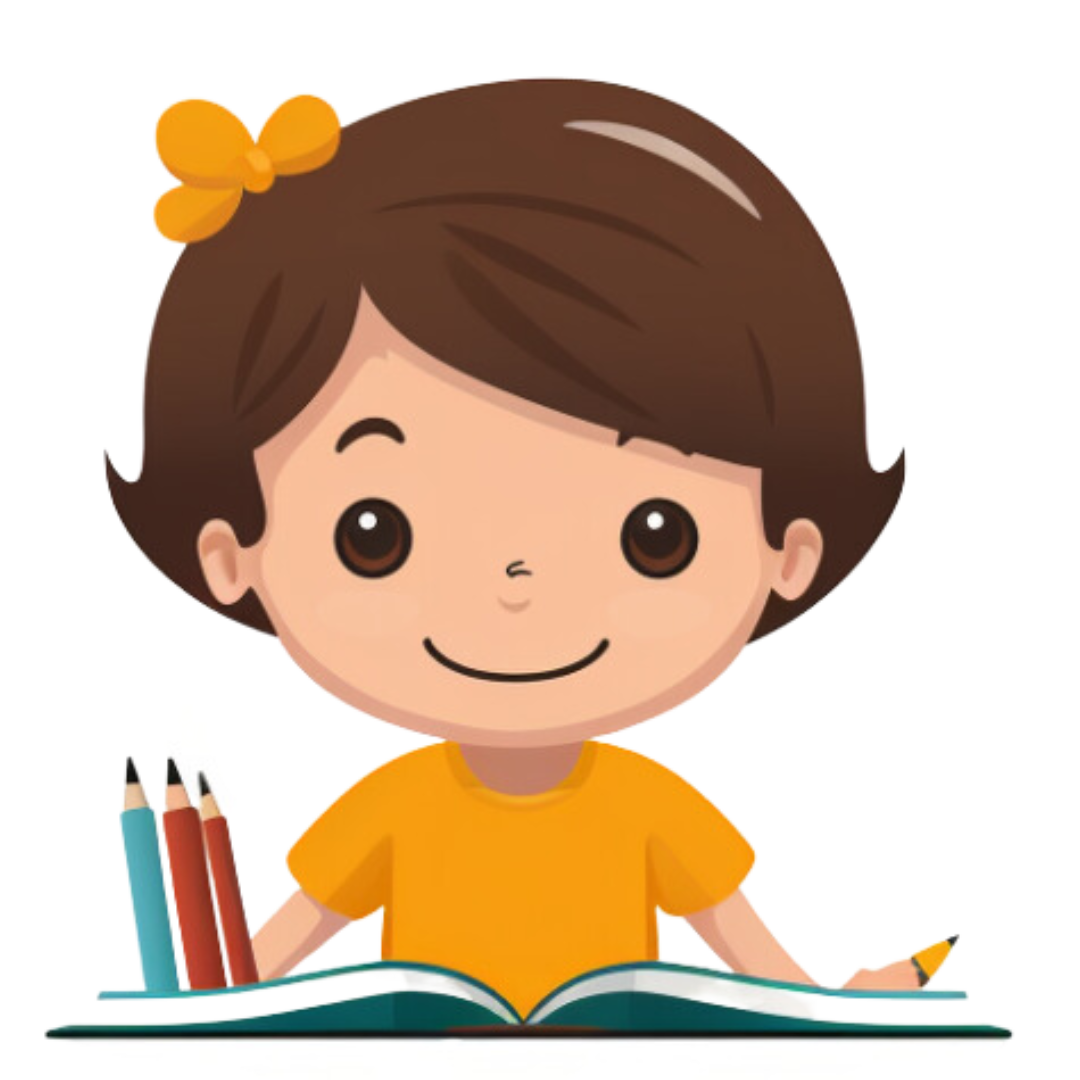Story Worksheet
Castle Water Adventure
Rating: 5.0
Story: Castle Water Adventure (EASY)
In a big castle, there lived a king.
The king loved water.
He swam in the castle moat every day.
One day, he saw a fish.
The fish was lost.
The king helped the fish.
He put it back in the river.
The fish was happy.
The king was happy too.
He learned that helping makes you happy.
Questions and Answers (10)
- Q: Who lived in the castle?
- A: King
- Q: What did the king love?
- A: Water
- Q: Where did the king swim every day?
- A: Castle moat
- Q: What did the king see one day?
- A: Fish
- Q: Was the fish lost or happy?
- A: Lost
- Q: Who helped the fish?
- A: King
- Q: Where did the king put the fish?
- A: River
- Q: Was the fish sad or happy after that?
- A: Happy
- Q: Was the king sad or happy after that?
- A: Happy
- Q: What did the king learn?
- A: Helping makes you happy
Why is this worksheet educational?
The story "Castle Water Adventure" is educational and enjoyable for children for several reasons.
Firstly, it uses simple language and short sentences, making it accessible for children who are just beginning to read.
The words are not complicated or technical, and the sentences do not contain commas, which can be confusing for young readers.
Secondly, the story introduces children to the concept of empathy and kindness.
The king helps a lost fish, demonstrating the value of helping others.
This is a positive message that encourages children to be kind and helpful.
Thirdly, the story is set in a castle, a setting that is often associated with fantasy and adventure.
This can stimulate children's imaginations and make the story more engaging.
Fourthly, the story includes a character - a king - who is familiar to children from other stories and fairy tales.
This can make the story more relatable and enjoyable for children.
Finally, the story includes a series of questions that can help children to understand and remember the story.
These questions are simple and can be answered with one word, making them suitable for first and second graders.
The questions also encourage children to think about the story and its message, promoting comprehension and critical thinking skills.
 ReadWriteHub.com
ReadWriteHub.com